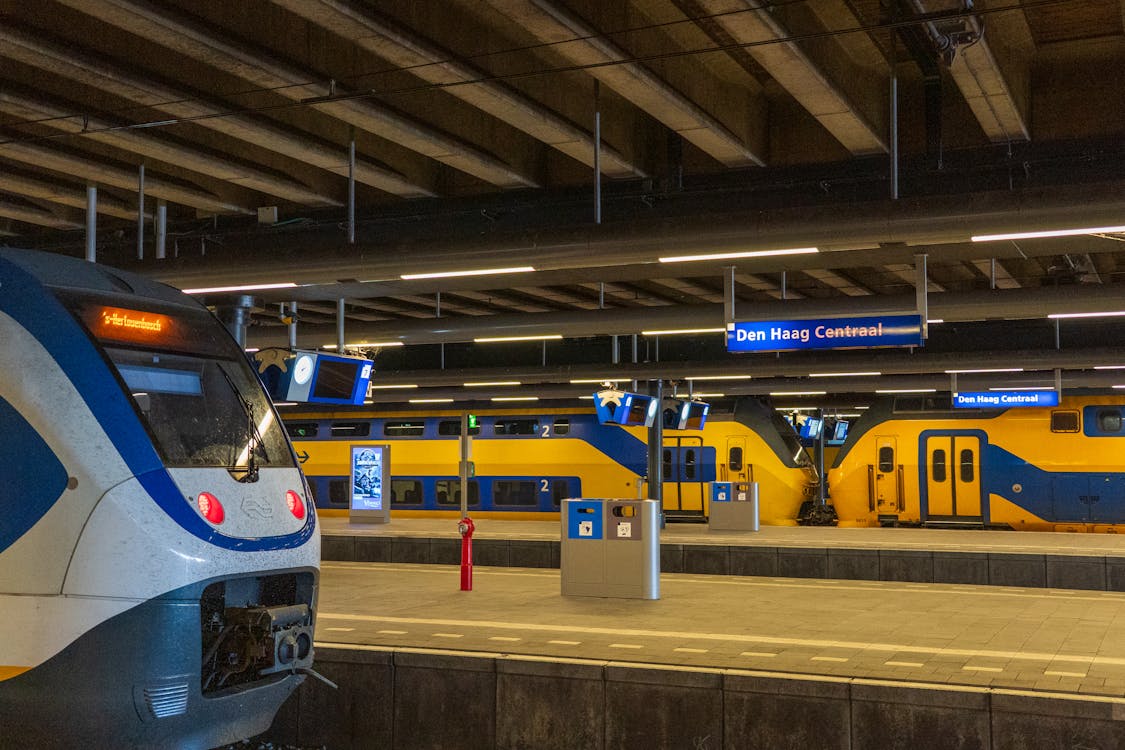
Urban transport has always been an obstacle. Between expanding populaces, restricted facilities, and the increasing demand for convenience, cities are regularly seeking means to enhance how individuals and lorries relocate. Enter expert system. Once viewed as a far-off principle scheduled for sci-fi, AI is now at the core of several of the most amazing shifts in contemporary city life. And it's not just about self-driving automobiles-- it's about smarter systems, much safer streets, and far better preparation for every person who shares the road.
From Reactive to Predictive: The New Urban Mindset
Cities utilized to run reactively. A traffic signal malfunctions? A person solutions it. Does a bus path become overcrowded? Organizers tweaked it months later on. Yet with AI, this timeline has flipped. Sensors placed at intersections, transportation hubs, and busy streets feed real-time data right into AI-powered systems that can not just respond quickly however also anticipate what's coming next.
Imagine a system that recognizes when and where blockage will certainly build before it also happens. That's no more a fantasy. By examining patterns gradually, like pedestrian web traffic, weather, and occasion routines, AI models assist cities avoid bottlenecks instead of simply responding to them.
Smarter Traffic Signals and Intersection Management
One of the most visible renovations AI has offered urban transport is in the method traffic lights run. Standard signal systems work on timers or basic sensors. However AI can analyze real-time video footage, identify car quantity, and adjust light cycles on the fly. This change reduces unnecessary idling, enhances fuel efficiency, and-- possibly most significantly-- shortens commute times.
Some cities have begun to match AI-powered cams with traffic control to spot not just vehicles, yet pedestrians and bicyclists too. This allows signals to adjust for susceptible road users, improving security without slowing down overall website traffic flow.
Public Transit Gets a High-Tech Upgrade
Buses and trains are important lifelines in many cities. Yet delays, course ineffectiveness, and maintenance problems commonly discourage cyclists. That's beginning to alter with the help of AI.
Transportation firms are currently utilizing predictive analytics to manage fleets much better. If a bus is running behind schedule, AI can suggest path changes, alternating pick-up factors, or perhaps reassign cars in real-time. Upkeep is additionally extra positive; AI determines early indication prior to components fall short, which maintains vehicles when driving and motorcyclists on schedule.
When mass transit is consistent and trusted, even more people utilize it. And when even more people make use of public transportation, cities end up being greener, less stuffed, and much easier to navigate.
Redefining Parking with Smart Systems
Locating a parking area in a city can be the most aggravating part of driving. It's time-consuming, demanding, and usually ineffective. However AI is now changing the means cities manage car park administration.
Cams and sensors mounted in parking lots and garages track available spaces and send out updates to centralized systems. Vehicle drivers can after that be assisted to open places with navigation applications or in-car systems, lowering the time they invest circling around the block. In turn, this cuts exhausts and makes city streets much less crowded.
Some AI systems are also with the ability of dynamic rates, adjusting vehicle parking fees based on demand in real time. This inhibits overuse in crowded areas and encourages turn over, offering everyone a fairer chance at locating an area.
In largely populated areas where room is limited, specialized solutions like boat storage in Philadelphia and dedicated Philadelphia car storage options are ending up being more valuable than ever before. AI can aid take care of these centers, ensuring optimal usage and boosting security through clever monitoring systems that identify uneven activity.
The Rise of Autonomous Vehicles and Ridesharing Intelligence
While self-driving cars and trucks may not yet dominate find more the roads, they're absolutely influencing the direction of urban transportation. AI is the backbone of independent vehicle technology, dealing with everything from navigating to challenge detection and reaction time.
But also before full freedom holds, AI is already changing ridesharing solutions. Algorithms assist set travelers extra efficiently, minimize wait times, and advise tactical areas for vehicle drivers to wait between prices. In time, these insights will help in reducing traffic jam and boost car occupancy prices across cities.
There's likewise been a surge in AI-enhanced micro wheelchair choices like scooters and bike shares. These services are handled by AI systems that track use patterns, forecast high-demand locations, and also detect upkeep demands automatically.
Planning the Future: AI and Urban Design
City coordinators now have an effective brand-new ally in expert system. With access to huge datasets-- whatever from commuter habits to air quality degrees-- AI tools can design the effect of infrastructure changes prior to they're even made. This implies much better decisions concerning where to place bike lanes, how to boost bus courses, or whether to develop brand-new bridges and tunnels.
Urban developers can also make use of AI to model the effect of brand-new zoning legislations or domestic development on transportation systems. This results in smarter development that supports activity instead of overwhelming it.
In position with thick development and minimal real estate, clever services like vehicle storage in Philadelphia are proving to be critical aspects in lasting preparation. AI can improve room allocation, track use fads, and help develop storage layouts that maximize ability while decreasing impact.
Much Safer Streets Through Real-Time Intelligence
AI is not nearly speed and effectiveness-- it's likewise concerning security. From identifying speeding vehicles in real time to forecasting accident-prone areas, AI is assisting make streets much safer for everyone.
Smart security systems powered by machine learning can find harmful actions, such as unlawful turns, running traffic signals, or jaywalking. These systems don't simply serve as deterrents; they create data that cities can utilize to educate future security initiatives.
AI is likewise assisting initial responders reach emergency situations faster. Real-time website traffic evaluation can direct ambulances along the quickest course, even during heavy traffic. And when secs count, those time cost savings can be life-altering.
A More Connected and Adaptable Transportation Future
The actual power of AI in urban transportation hinges on its capacity to adjust. As cities evolve, AI develops with them. Whether it's replying to an abrupt rise in website traffic after a sporting activities occasion, forecasting flooding on significant roadways, or handling a spike in seasonal traveling, AI is there, regularly discovering and adjusting.
By weaving AI right into the textile of transport systems, cities are coming to be a lot more intelligent, much more receptive, and a lot more easy to use. These modifications may not constantly be visible to the everyday traveler, however the advantages-- shorter journeys, more secure streets, and more dependable transportation-- are felt each and every single day.
For those navigating city life today and looking toward the future, it's clear that expert system is no more just helping with transportation-- it's redefining exactly how our cities relocate.
See to it to comply with the blog site for more insights right into how modern technology is shaping city life, and check back routinely to stay ahead of the contour.
 Devin Ratray Then & Now!
Devin Ratray Then & Now! Jurnee Smollett Then & Now!
Jurnee Smollett Then & Now! Julia Stiles Then & Now!
Julia Stiles Then & Now! Batista Then & Now!
Batista Then & Now! Dawn Wells Then & Now!
Dawn Wells Then & Now!